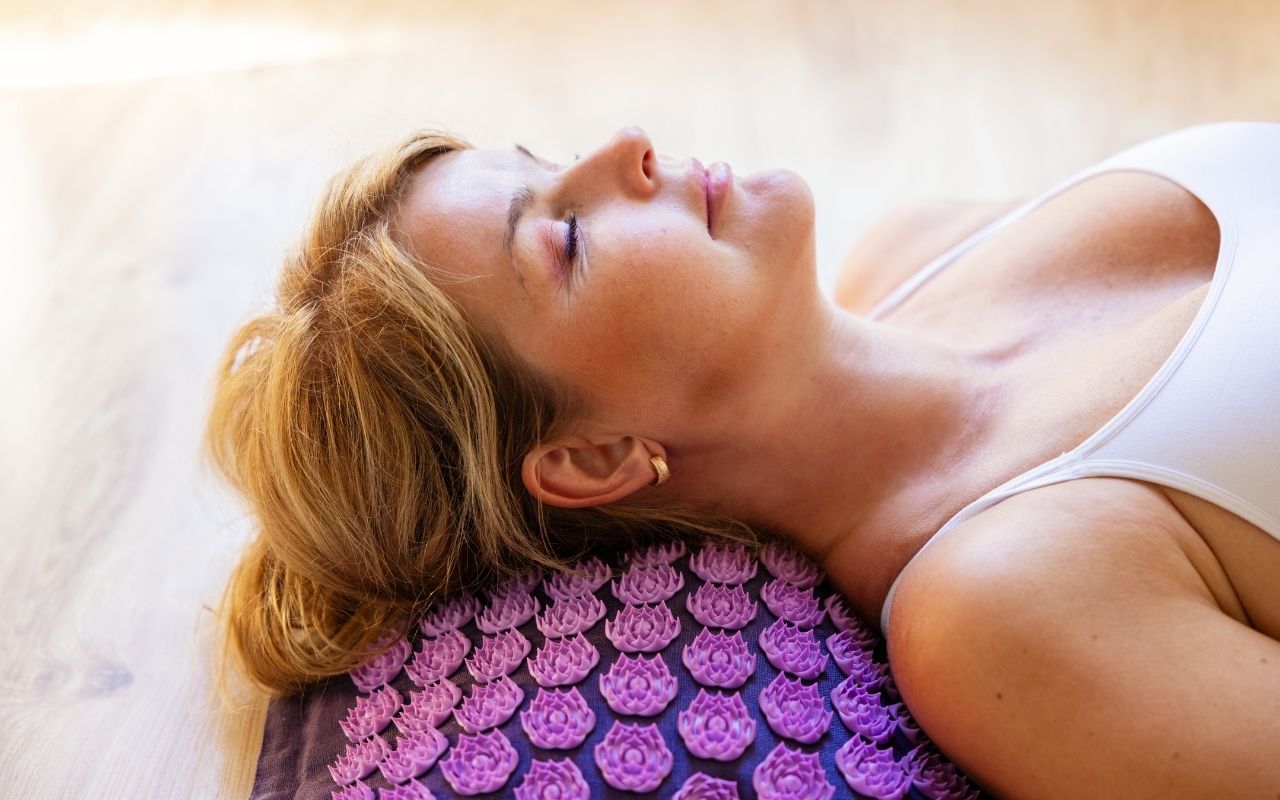In today’s fast-paced world, relaxation often takes a backseat to the hustle and bustle of daily life. The elusive quest for tranquility is relegated to weekends or vacations, and stress accumulates until it becomes a part of our very existence. But what if relaxation could be integrated into your daily routine, providing immediate and long-lasting relief from the chaos? Enter Progressive Muscle Relaxation (PMR), a scientifically-backed technique that promises to shift your body and mind from a state of tension to a state of relaxation. This article delves into the intricacies of PMR, offering a comprehensive guide on how to harness its benefits for improved mental and physical well-being.
Progressive Muscle Relaxation was first introduced by Dr. Edmund Jacobson in the 1920s. The premise is simple yet effective: by tensing and then gradually relaxing each muscle group, you can achieve a state of profound relaxation and mitigate stress responses. Unlike passive forms of relaxation, PMR is an active practice that involves both physical and mental components. Imagine it as a body scan that allows you to acknowledge and release the tension you unknowingly hold within various parts of your body.
The technique of PMR isn’t just about feeling good momentarily. It’s about training your body to switch from the fight-or-flight mode governed by the sympathetic nervous system to the rest-and-digest mode controlled by the parasympathetic nervous system. This switch is crucial for overall health, as prolonged activation of the sympathetic nervous system can lead to issues like hypertension, chronic stress, and even cardiovascular diseases. With PMR, you can literally feel your heart rate slow down and your blood pressure decrease as your body shifts gears into relaxation.
The beauty of PMR lies in its accessibility. You don’t need a tranquil environment or a lot of time to practice it. Whether you're lying down in your bed, sitting at your desk, or even stuck in traffic, PMR can be performed almost anywhere. Begin by closing your eyes to eliminate external stimuli, and take a few deep breaths to initiate the relaxation process. Focus on one muscle group at a time, starting from your toes and working your way up to your head, or vice versa. Inhale deeply, contract the muscle group for about five seconds, then exhale and release the tension, maintaining this relaxed state for about ten seconds before moving on to the next muscle group.
For total body relaxation, the entire process typically takes 10 to 20 minutes. However, if time is limited, focusing on one particularly tense area can still offer significant relief. The key is consistency; like any skill, the more you practice PMR, the more proficient you will become at recognizing and alleviating tension in its early stages.
One of the primary benefits of PMR is its ability to control anxiety. Anxiety symptoms such as muscle tension and shortness of breath can be particularly debilitating. Research has demonstrated that PMR, especially when combined with cognitive behavioral therapy, can effectively manage anxiety. A study even found that PMR was as effective as acupuncture in reducing anxiety levels. By recognizing your anxiety triggers and practicing PMR regularly, you can manage anxiety more effectively and nip it in the bud before it escalates.
Another significant advantage of PMR is its impact on sleep quality. If you’ve ever found it hard to fall asleep after a late-night workout or a stressful day, it’s likely because your sympathetic nervous system was still in overdrive. Practicing PMR before bed can help calm your heart rate and lower your blood pressure, creating the perfect conditions for restful sleep. As you work through the muscle groups, continue to focus on your breathing until you naturally drift off.
Stress and tension headaches are other common ailments that PMR can alleviate. Everyday stressors can accumulate and manifest as physical and mental tension, leading to headaches. The American Migraine Foundation acknowledges PMR as a viable technique for managing and preventing headaches, especially when used alongside biofeedback. Regular practice of PMR not only reduces the frequency and severity of headaches but can also offer long-term heart health benefits for those living with chronic stress.
Moreover, PMR can significantly improve your overall quality of life by lowering blood pressure, easing muscle tension, and improving focus and mood. The benefits extend beyond mere relaxation. By incorporating PMR into your daily routine, you are essentially equipping yourself with a tool to combat the adverse effects of stress, thereby enhancing your overall well-being.
While PMR is a powerful standalone technique, its benefits can be amplified when combined with other positive coping mechanisms. For instance, maintaining a positive outlook, finding humor in daily situations, solving problems proactively, and managing time and priorities effectively can further enhance the relaxation response initiated by PMR. Regular exercise, a balanced diet, adequate sleep, and spending time outdoors also contribute to lowering stress levels and improving overall health.
Progressive Muscle Relaxation is not just a temporary fix; it’s a long-term investment in your mental and physical health. With regular practice, you’ll find that your default state shifts from tension to relaxation, making you more resilient to the stresses of everyday life. The technique empowers you to take control of your body’s reactions to stress, offering a sense of calm and stability amidst the chaos.
If you’re new to PMR, here’s a detailed step-by-step guide to get you started:
- Find a quiet and comfortable place. While PMR can be done anywhere, it’s best to start in a quiet setting where you can focus without distractions.
- Close your eyes. Shutting out visual stimuli helps create a better connection between your mind and body.
- Take a few deep breaths. Deep belly breaths help slow down your sympathetic nervous system, preparing your body for relaxation.
- Start with your toes. Inhale deeply and contract the muscles in your toes. Hold the tension for about five seconds.
- Exhale and release the tension. As you exhale, visualize the tension leaving your body and focus on how your toes feel in their relaxed state.
- Move up to the next muscle group. Progressively work your way up through your feet, calves, thighs, buttocks, abdomen, fingers, hands, arms, shoulders, neck, jaw, and forehead, repeating the tensing and relaxing process for each group.
- Finish with a few deep breaths. After you’ve worked through all the muscle groups, take a few more deep breaths to fully embrace the relaxation.
With practice, you’ll become more attuned to your body’s signals and better equipped to manage stress. Remember, the aim is not only to relax each muscle group but also to become mindful of the state of relaxation. This awareness will help you recognize and address tension as soon as it arises in your daily life.
For those struggling with anxiety disorders, incorporating PMR into your treatment plan can be particularly beneficial. Organizations like Anxiety Canada offer valuable resources, including downloadable PDFs and audio guides, to help you master the technique. Combining PMR with cognitive-behavioral strategies can provide a holistic approach to managing anxiety, enhancing both mental and physical health.
Furthermore, the Mayo Clinic highlights the importance of relaxation techniques in overall stress management. Their guide on relaxation techniques underscores how practices like PMR can improve heart health, digestion, and mood, among other benefits. Integrating these techniques into your routine can offer a comprehensive strategy for mitigating stress and enhancing well-being.
Progressive Muscle Relaxation is more than just a relaxation technique; it’s a gateway to a healthier, more balanced life. By dedicating a small portion of your day to PMR, you can experience a significant shift in your overall stress levels, mental clarity, and physical health. Whether you’re dealing with chronic stress, anxiety, or simply looking for a way to unwind after a hectic day, PMR offers a practical and effective solution.
In conclusion, the power of Progressive Muscle Relaxation lies in its simplicity and accessibility. It doesn’t require expensive equipment or extensive training, yet its benefits are profound and far-reaching. By making PMR a regular part of your routine, you are not only investing in immediate relief but also in long-term health and well-being. Start today, and witness the transformative effects of this powerful relaxation technique. For further reading on the benefits and application of PMR, consider exploring resources from reputable sources such as Cleveland Clinic and Anxiety Canada. These resources offer in-depth information and practical guides to help you on your journey towards relaxation and stress management.










